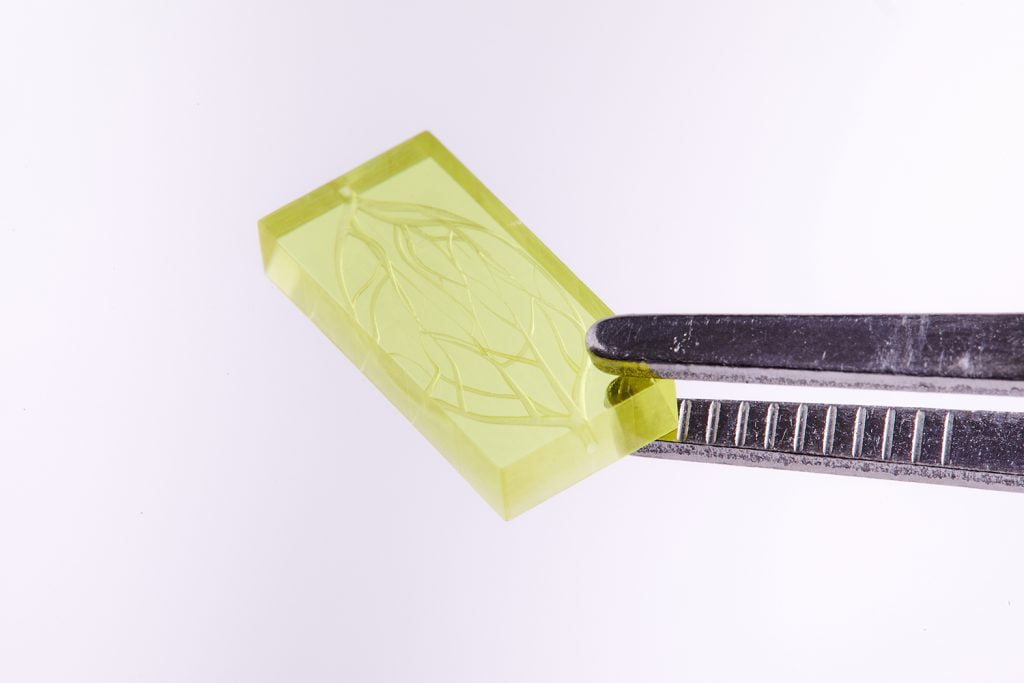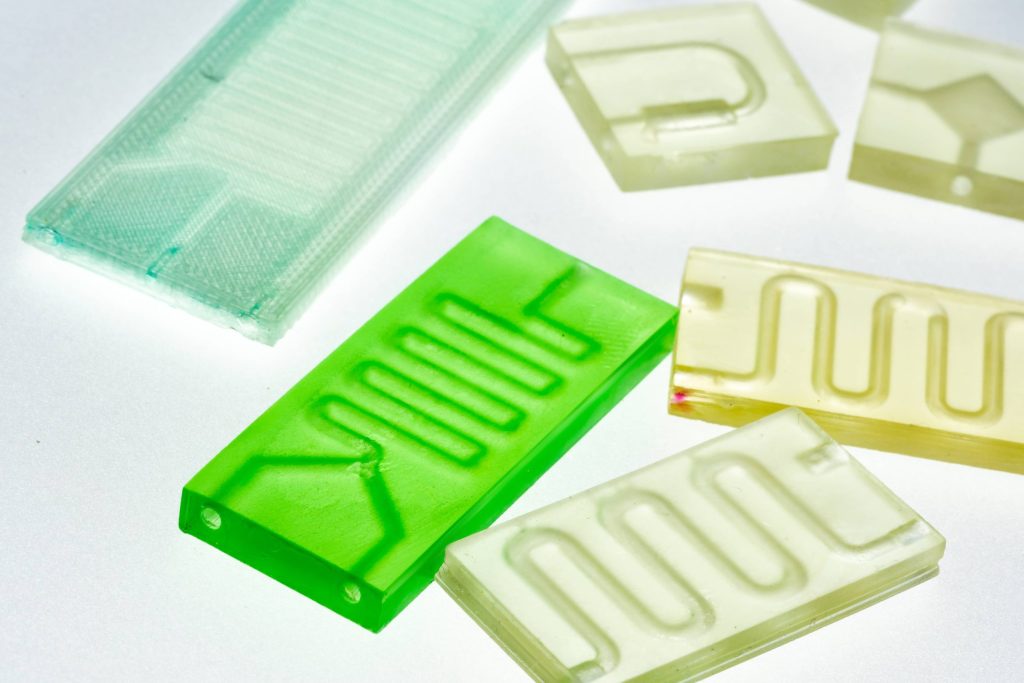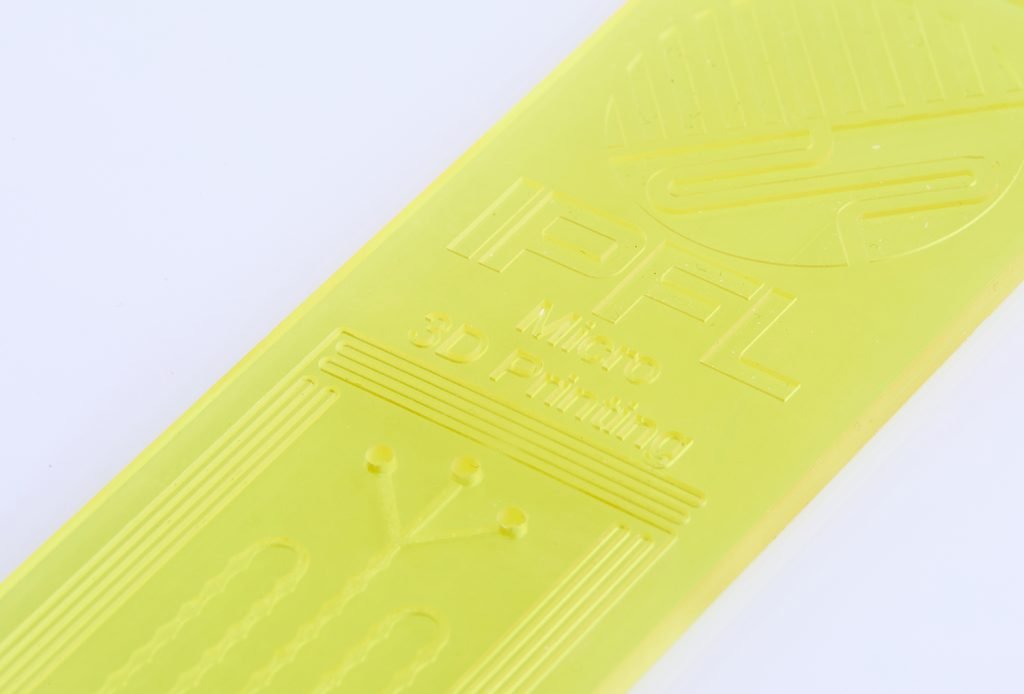The 3D printing industry is constantly evolving, with new technologies and techniques being developed to enhance speed, accuracy, and quality of the final printed products. One such innovation that has been gaining traction in recent years is the integration of microfluidics into 3D printing technology. In this article, we’ll explore what microfluidics is and how it has revolutionized the 3D printing landscape.

Microfluidics refers to the study and manipulation of small amounts of fluids, usually in the range of microliters or nanoliters, through tiny channels and reservoirs. In 3D printing, microfluidics is used to create complex, multi-material prints with precision, speed, and accuracy. Intricate and customisable medical manifolds, can be miniaturised, enabling groundbreaking advancements in diagnostics, healthcare delivery, and scientific research.

 BMF’s PµSL Technology at IPFL
BMF’s PµSL Technology at IPFLPµSL, or Projection Micro-Stereolithography, is a technology developed by Boston Micro Fabrication (BMF). It employs a photopolymerization process that uses light to cure a photosensitive resin, creating highly detailed parts at a 10µm x/y resolution.
PµSL takes the capabilities of microfluidics and manifolds to a whole new level by producing intricately detailed, high-precision parts swiftly and efficiently.
PµSL Technology improves speed and quality in 3D Printing is a question worth asking. By leveraging PµSL, you can create highly precise, complex geometries in less time, thus boosting the speed of design iteration testing and the quality of 3D printed items.
With this 3D printing technology and IPFL’s expertise, we can engineer microfluidic devices with unmatched precision, optimising fluid flow and enhancing medical research, diagnostics, and treatments.

Microfluidics in 3D printing represents a major step forward in the evolution of this technology. With its ability to increase speed, quality, and efficiency, it’s no wonder that many industry experts believe that microfluidics will become the norm in 3D printing in the near future.
Find out more about micro 3d printing